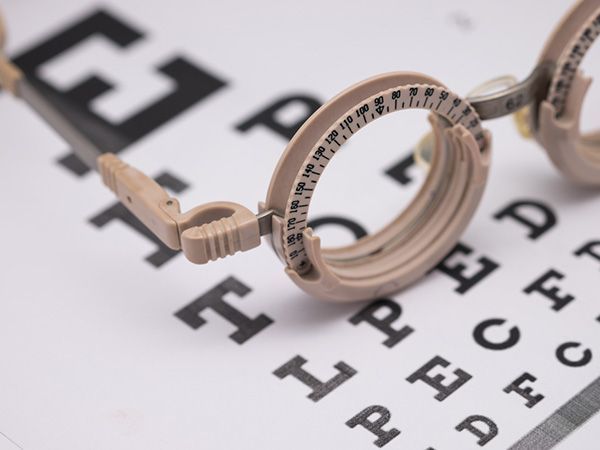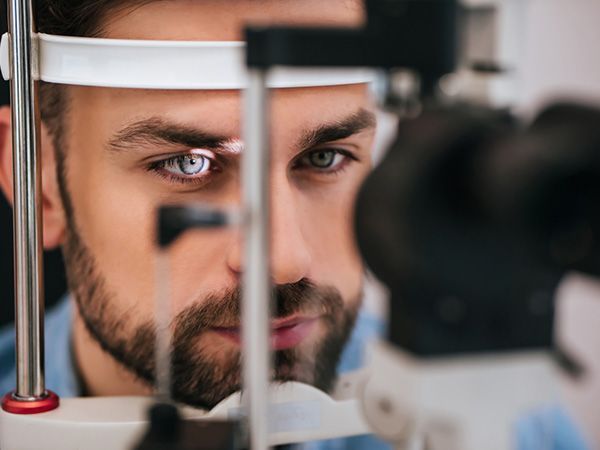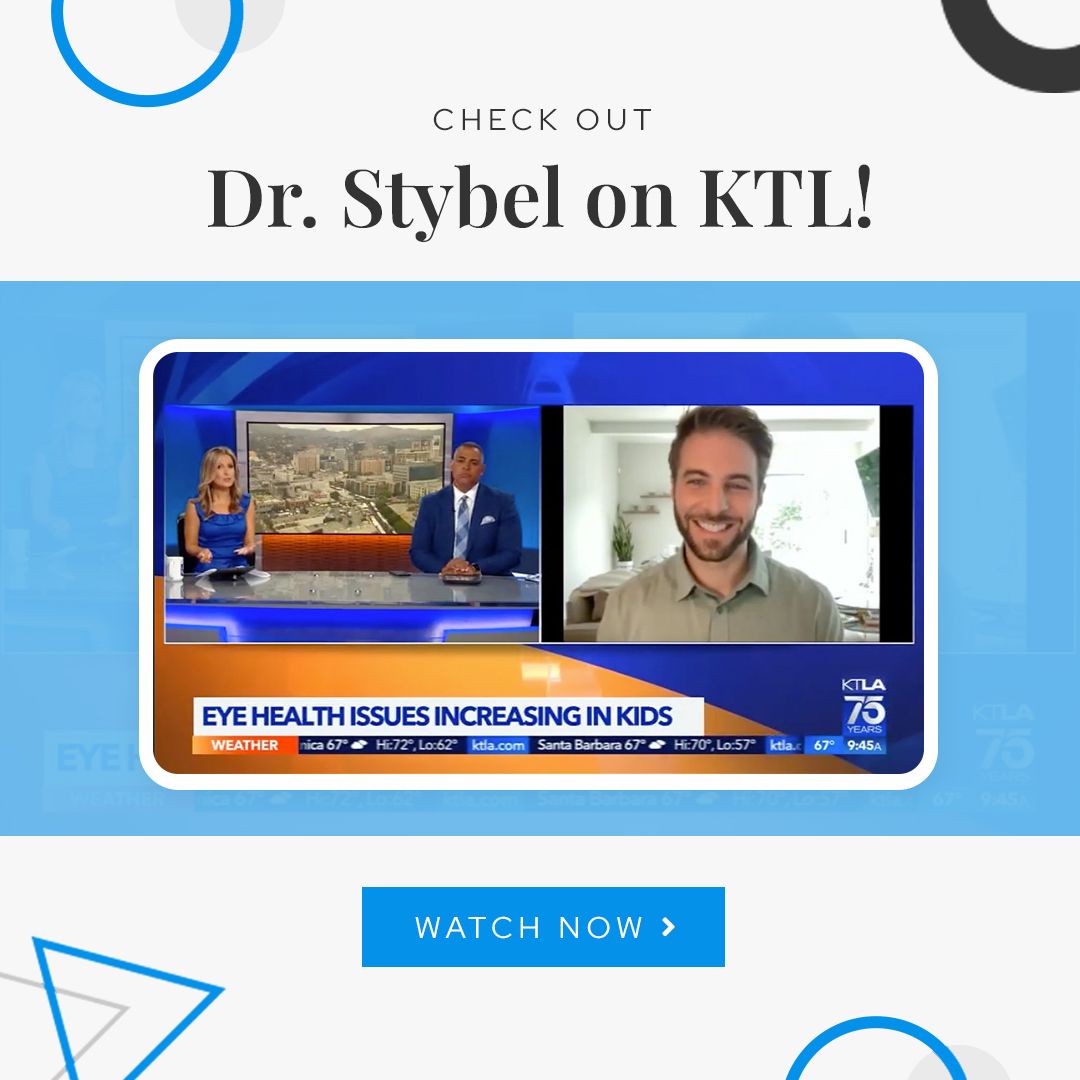
If you can see objects close to your face clearly, but those in the distance appear blurred, it is very likely that you are suffering from myopia, better known as nearsightedness. Myopia is the most common refractive eye error in the world, with estimates suggesting that by 2050, 50% of the global population will be myopic. Fortunately, there are a range of options that can correct your vision and help get your myopia under control so that it doesn’t progress.
What causes myopia?
Myopia is a type of refractive eye error. This means that it is caused by a problem with the way that light is refracted when it enters the eye. Light refraction is essential to enable us to see. As the light enters our eye, our cornea, which is the clear dome at the front of the eye, refracts the light so that it hits an area of light-sensitive cells at the very back of the eye called the retina. In patients with very clear vision at all distances, the light is refracted directly onto the retina. However, in patients with myopia, the light falls short of the retina and is instead focused in front of it. This is normally because the cornea isn’t perfectly domed but instead is steeper than is optimal. In some cases, myopia is caused by the patient’s eyeball growing slightly longer than normal.
Myopia is a progressive condition. This means that it can worsen over time and if you don’t seek treatment to help you see more clearly and correct your refractive eye error, you may find that your vision becomes increasingly impaired. Myopia can affect anyone of any age, including children. During the teenage years when the body grows rapidly, myopia may become significantly worse.
Diagnosing myopia
The only way to obtain a diagnosis of myopia is to attend an eye exam. A comprehensive eye exam contains many different elements, some of which check the health of your eyes as well as your vision. One part of the exam, a visual acuity test, will be used to see how good your vision is at different distances and will be able to tell our team if you are suffering from myopia. Further testing can then reveal the extent of your condition and will enable us to discover what sort of corrective lenses you need to restore your vision.
Treatment for myopia
Patients with myopia have a number of options regarding their treatment. The most popular solution is to wear glasses with prescription lenses that correct their distance vision. However, you may still find that your visual requirements change over time and this means that you may need new prescriptions from time to time. Other patients prefer to choose contact lenses over glasses. This will necessitate an additional contact lens exam since the prescription needed for contact lenses is very different to glasses as contacts sit directly on the surface of the eye.
An increasing number of patients are choosing laser vision correction solutions. This is where the shape of the cornea itself is permanently altered using laser technology. Laser vision correction has been shown to be very effective in reducing or eliminating patient reliance on either glasses or contact lenses. There are various techniques available, and our team would be happy to talk to you about these. Please note that laser vision correction isn’t necessarily suitable for every patient and is only available for adults.
Recently, there has been a real focus on trying to slow the progression of myopia, particularly amongst children. This is because studies have shown that myopia that progresses can make patients more likely to experience more serious ocular conditions in the future, such as glaucoma, cataracts and macular degeneration. Orthokeratology, or ortho k for short, has been discovered to be a very effective solution for controlling myopia. It involves wearing specially designed contact lenses that reshape the cornea overnight whilst you sleep. With consistent use, patients can realistically be able to see clearly for the duration of the day without needing to wear glasses or contact lenses.
If you would like to find out more about myopia and the treatments available, or if you are concerned that you may be affected and would like to schedule an eye exam, please contact our offices where our experienced and reassuring team will be delighted to assist.









